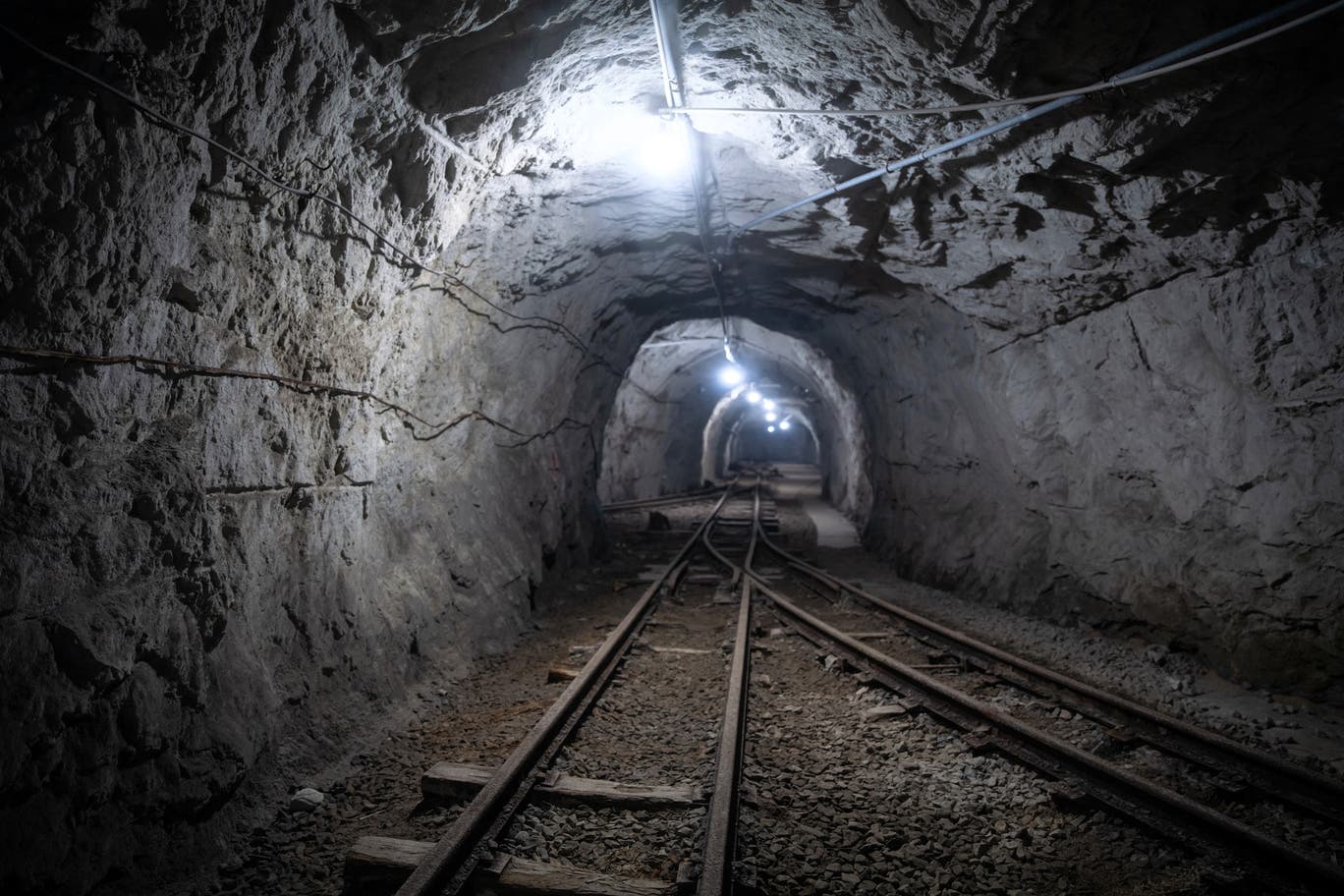In the summer, a landowner came across this area while laying geothermal pipes on his property in the small town of Salo. After a rainy day, he noticed something strange sticking out of the ground and decided to investigate.
What he saw was a rusty but sturdy iron sword with a curved blade, straight hilt and oval pommel. The landowner notified archaeologist Juha Ruohonen of the University of Turku in Finland, who in turn called archaeologist Sanna Saunaluoma of the Turku Museum Center.
Thinking that the site would yield more discoveries, the researchers decided to continue excavations. And they were right: They found human bones, remnants of clothing and what they suspected was a wooden coffin.
They also uncovered an elaborately decorated leather belt, described as “remarkable” in a statement from the University of Turku. They found 30 square bronze rings and cross-shaped jewelry attached to the partially preserved leather, as well as a buckle, strap dividers and several buckles depicting animal heads.
All these artifacts are said to belong to a single tomb. This is particularly interesting because “archaeological textiles associated with male burials are very rare”.

As the researchers continued to explore the site, they discovered eight graves that they suspect were part of a much larger cemetery. As a result, it is thought that there could be dozens or even hundreds of graves in this area. The graves discovered so far appear to follow Christian traditions.
Radiocarbon dating is currently underway. Researchers suspect that the bones and artifacts date from the period between 1050 and 1150 AD, which they call the Crusader period.
During this time, the Swedes allegedly brought Christianity to Finland in an event known as the First Swedish Crusade.
But there is no archaeological evidence to confirm this event, which first appeared in written records in the late 13th century. Scholars debate whether this crusade actually took place. The discoveries could help shed new light on this mysterious period in Finland’s religious history.
The graves and artifacts were found next to a medieval stone church that experts think was founded in the 15th century. But according to the statement, the new finds show that a much older church organization existed in the area than previously assumed.
“Since cemeteries from the time of the Crusades are clearly less well known in Finland than the cremation cemeteries that preceded them, this observation can be considered very important for research.”
Looking ahead, the researchers say they will continue to work in the area and analyze their discoveries until at least 2024.
Smithsonian Magazine. October 18, 2023.





